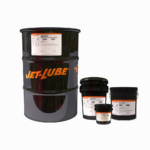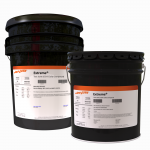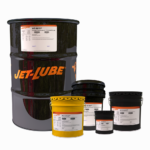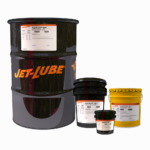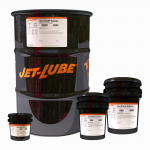

The Critical Role of Thread Compounds
Posted on 05/13/25 in: Product Knowledge | Technical Knowledge | | Oilfield | Oilfield - Production (OCTG) | Author: Herman Vizcarrondo – Jet-Lube Global Technical Service Manager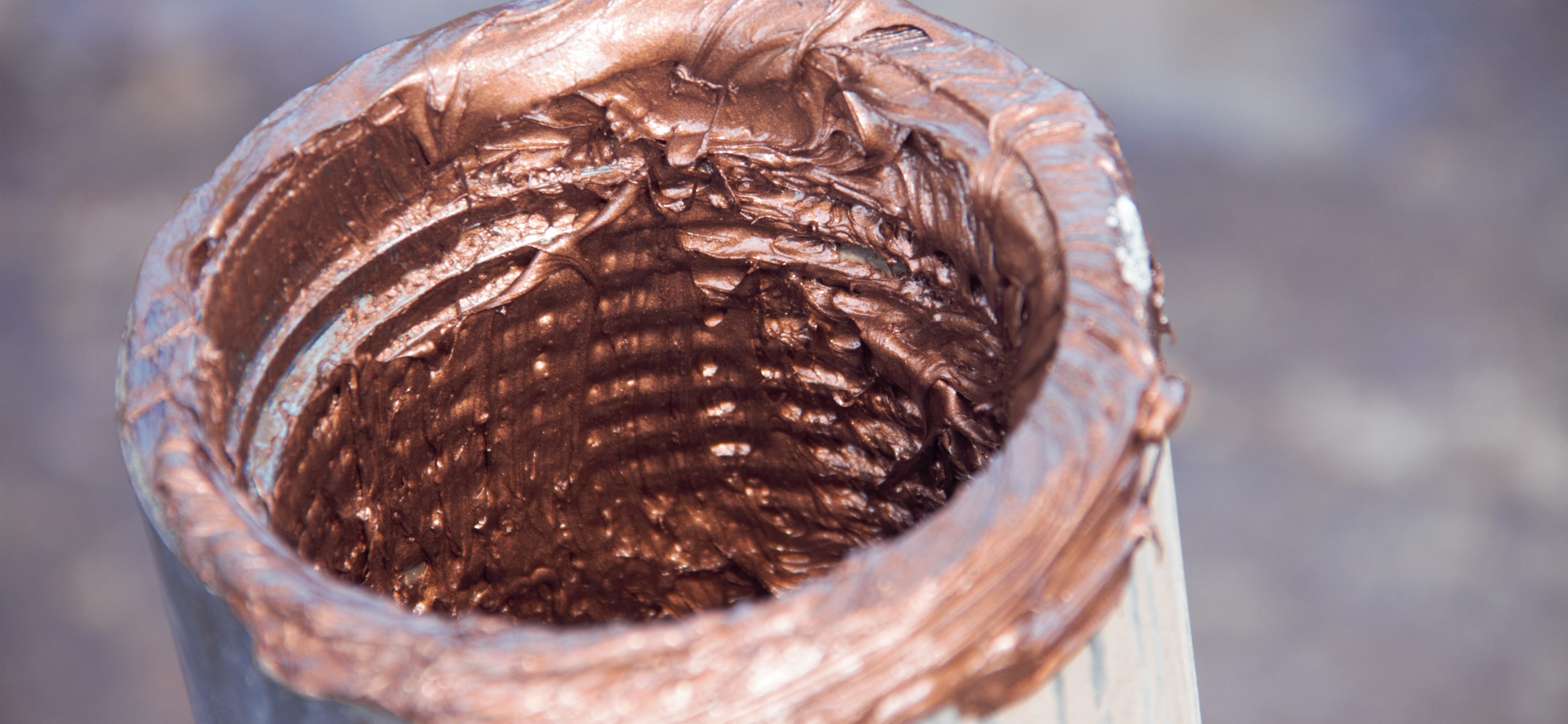
In the demanding world of drilling and production, ensuring secure and reliable pipe connections is essential. That’s where Thread Compounds play a vital role. From sealing and lubricating to protecting and controlling make-up torque, the right compound can be the difference between a trouble-free operation and costly downtime.
Let’s explore what Thread Compounds are, how they work, why correct application matters, and how make-up torque and friction factors come into play.
_____________________________________________________________________________________
What Are Thread Compounds?
Thread Compounds—often called “pipe dopes”—are used on threaded connections in drilling and OCTG production applications. Their job isn’t just to help threads turn easily. They do much more:
Key Functions of Thread Compounds:
- Seal: Compress solids and components during connection make-up torque to create a seal and minimize metal-to-metal contact.
- Lubricate: Ensure optimal thread lubrication for smooth assembly.
- Protect: Defend against galling, pitting, rust, and corrosion.
- Control Make/Break: Limits rotation during joint connection, reduces stress, and enables pipe joints break-ups.
_____________________________________________________________________________________
Components of a Thread Compound:
1. Grease Base
- Thickeners structure grease by acting as a sponge for base oil and additives.
- ~ 10% soap base thickeners and 90% oil/lubricating fluids.
- Contains water and chemically resistant inhibitors.
- Base oils provide lubrication and reduce the coefficient of friction.
2. Liquid Additives
- Create chemical reactions in the lubricant or on the metal surface.
- Improve surface adherence, extreme pressure (EP) resistance, anti-wear, antioxidants, and corrosion inhibitors.
3. Solids
- Deform and compress to prevent metal-to-metal contact and form an effective seal.
- Heavy minerals - lead, zinc, and copper
- Non-metallic - graphite, talc, PTFE, and others
_____________________________________________________________________________________
Best Practices for Applying Thread Compounds:
Proper application is the key to effective performance:
- Stir thoroughly to re-blend any oil bleed or settling solids.
- Clean and dry the contact surfaces and eliminate any contaminants.
- Choose the correct compound—avoid using drilling compounds on casing and tubing connections unless it’s identified as a multi-purpose compound.
- Apply evenly—coat entire threads and shoulder surfaces of both the pin and box, avoid applying “gobs” of compound.
- Use the right brush—a dope brush for shouldered connections, a mustache brush for casing/tubing connections.
- Avoid contamination—never mix compounds with diesel, oil, kerosene, etc.
_____________________________________________________________________________________
Torque and the Make-Up Torque (MUT)
Thread compounds regulate the make-up torque process in several ways:
- Coefficient of friction
- Deformation of compound components
- Enhance the hardening of solid particles
Key Torque Guidelines:
- Make-up torque of joints to 100% of manufacture specified torque based on pipe joint size and strength.
- Applied torque should be 50–60% of the joint's torsional yield strength.
- Sufficient make-up torque exceeds the drilling torque but less than the torsional strength.
- Improper torque levels cause thread damage, uncontrolled downhole make-up, and difficult breakout, leading to wash-out, galling, or split box.
_____________________________________________________________________________________
Understanding Friction Factor (FF)
The friction factor—different from the coefficient of friction—adjusts the make-up torque to correct frictional property differences of the thread compound.
Make-up torque is corrected by multiplying the recommended torque value by the compound’s friction factor.
Examples: NC50 Tool Joints - 5 ½” OD x 3 ¼” ID
- Make-Up Torque: 21,914 ft-lb
- Thread Compound FF - 0.9 →Corrected Make-up Torque = 21,914 x 0.9 = 19,723 ft-lb
- Thread Compound FF - 1.15 → Corrected Make-up Torque = 21,914 x 1.15 = 25,201 ft-lb
_____________________________________________________________________________________
Trusted Jet-Lube Solutions
Jet-Lube® is a recognized leader in the oil and gas industry, offering advanced thread compounds engineered to withstand the demands of Oilfield Drilling and OCTG Production.
Jet-Lube offers a full line of Drilling and OCTG Compounds tailored to suit your specific application, environment, and operating conditions.
Recommended Drilling Compounds:
Full listing of Drilling Compounds here
Recommended Production (OCTG) Compounds:
Full listing of OCTG Compounds here
_____________________________________________________________________________________
About the Author
Herman Vizcarrondo is a respected technical expert in heavy industry lubrication and thread compound technology, dedicated to promoting proper and efficient oilfield operations worldwide.
_____________________________________________________________________________________
Watch Herman explain these key points in the video below.
